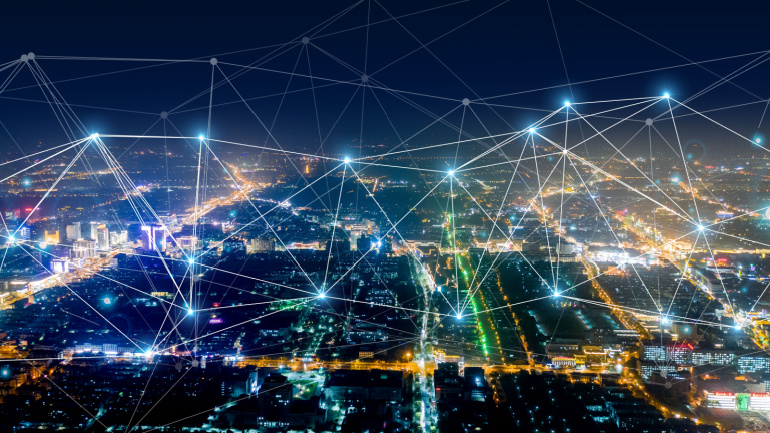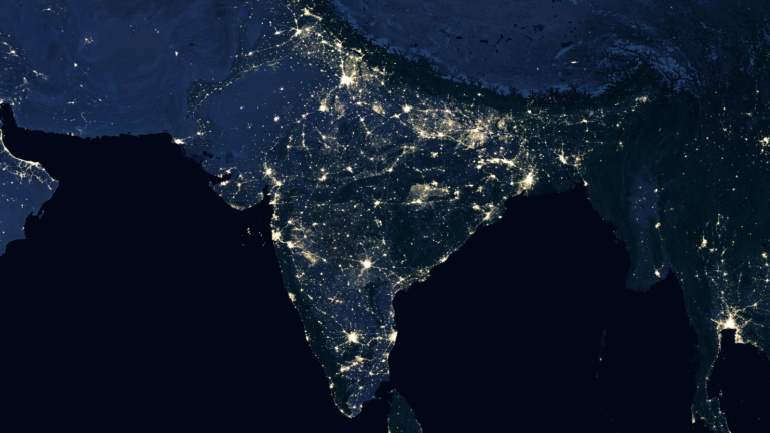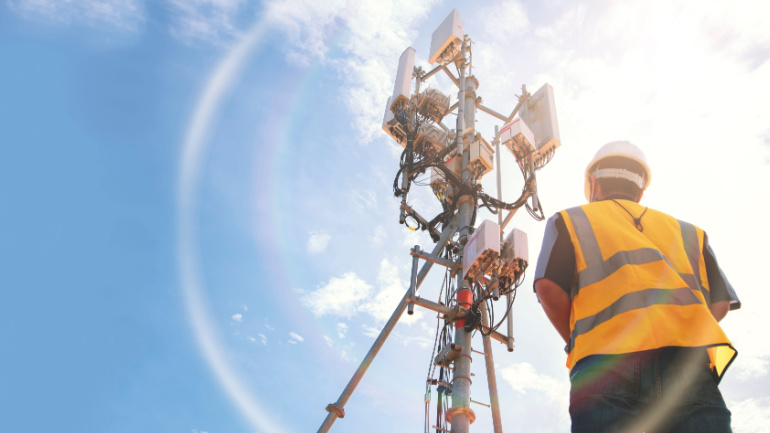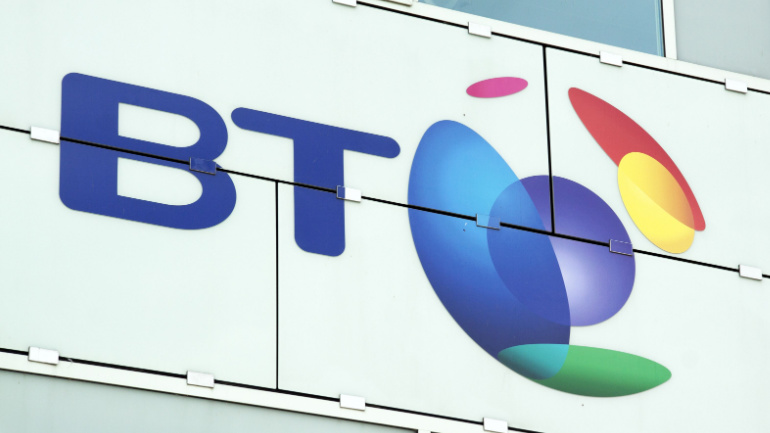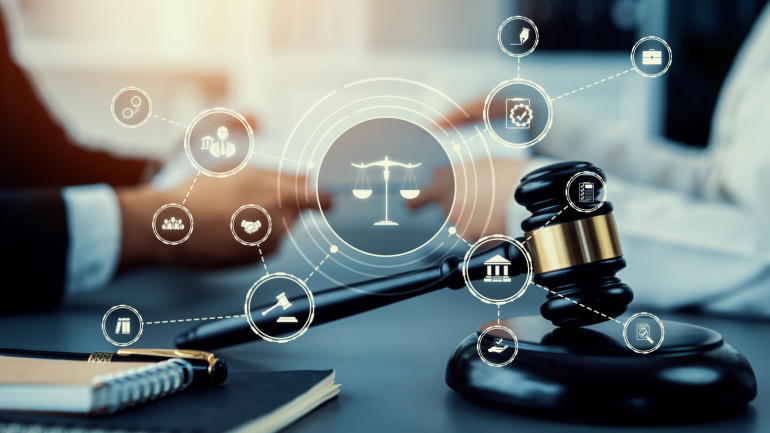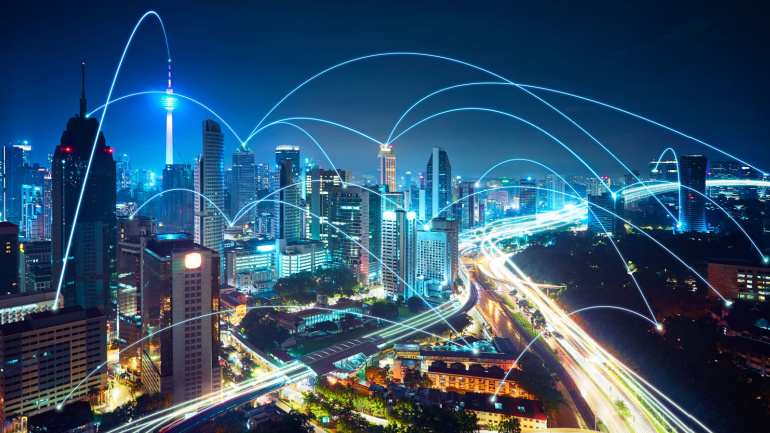Lucent W1, a new mixed-use development behind the world-famous Piccadilly Lights, is working with Freshwave so its tenants and visitors will enjoy in-building connectivity from all four mobile network operators (MNOs). Connectivity infrastructure-as-a-service provider Freshwave is deploying the 4G distributed antenna system (DAS) as an ongoing managed service.
In the ongoing technological rivalry between the United States and China, Huawei has emerged as a significant beneficiary, particularly in the realm of artificial intelligence (AI). The U.S. government, in its persistent efforts to hinder China’s progress in AI development, has implemented various bans on the sale of certain products from American companies to their Chinese counterparts. The focus of this battle shifted notably to AI over the past year, with China positioning itself as a frontrunner in AI, albeit still relying on U.S. company Nvidia for crucial high-performance chips.
Exploring fresh avenues in cybersecurity alliances, Ukraine and Romania envision bolstering digital frontline with an impactful pact. The focus pivots around supercharging cybersecurity, enabling 5G technology, and rehabilitating Ukraine’s connectivity infrastructures in light of recent cyber breaches. Spearheading distinctive initiatives, the collaboration plans to fortify national networks, establish a cloud-based public e-service platform and popularize 5G technology across Ukraine.
Brookfield Asset Management’s proposed $2.5 billion acquisition of American Tower Corporation’s Indian operations could redefine the country’s telecom landscape. This strategic move, merging around 75,000 of ATC’s sites with Brookfield’s digital infrastructure, would create the world’s second-largest independent tower company. However, government approval remains a necessary stepping stone.
In a significant digital milestone, Openreach reports a 9% surge in broadband traffic across the UK throughout 2023, totaling a staggering 94,722 petabytes of data. To put this colossal figure into perspective, one petabyte equals a million gigabytes, and an average 4K movie stream consumes approximately 7.2 gigabytes per hour, as highlighted by Openreach.
In a strategic move to gain a foothold in India’s expanding telecommunications market, Elon Musk’s satellite communications constellation, Starlink, is reportedly considering a stake in Vodafone Idea (Vi). As of 2024, Starlink boasts a constellation of over 5,500 low Earth orbit (LEO) satellites, providing commercial services in more than 60 countries to approximately 1.5 million subscribers.
Unveiling a concerning revelation in the telecommunications network, inside sources disclose that a vast number of personnel are bypassing “whereabouts rules”, exposing client companies to potential cyber threats. Learn about the delicate balance between accountability and security as we explore the disquieting trend and potential remedies within this intricate reality.
Navigating the challenging mandates of the dynamic telecommunications world, UK’s premier telecom operator, BT, stumbles upon an obstacle. The company has failed to adhere to the deadline for the complete removal of Huawei equipment from its core network. The deadline, already deferred twice, raises doubts over the telecom titan’s ability to successfully transition away from Huawei’s infrastructure within the stipulated timeframe. A UK law dictates all network carriers to rid their systems of Huawei equipment by the end of 2027.
House Republicans are seeking clarity from the NTIA on its stance on Broadband, Equity, Access, and Deployment (BEAD) program initial proposals, pertaining to potential rate regulations. They argue such regulations may contravene the Infrastructure Investment and Jobs Act (IIJA) directives. Amid rising concerns, Louisiana becomes the first state to have its BEAD program approved.
With the advent of 5G and Wi-Fi 6, cellular connectivity offers an enticing alternative to Wi-Fi, especially in enterprise set ups. These advances, along with new approaches to spectrum policy, have spurred the expansion of private cellular networks (PCNs), giving companies more control over their connectivity. A deeper analysis reveals that despite its accessibility, Wi-Fi faces challenges like signal interference and limited coverage, where private 5G networks, underscored by robust security and higher capacity, outperform.



